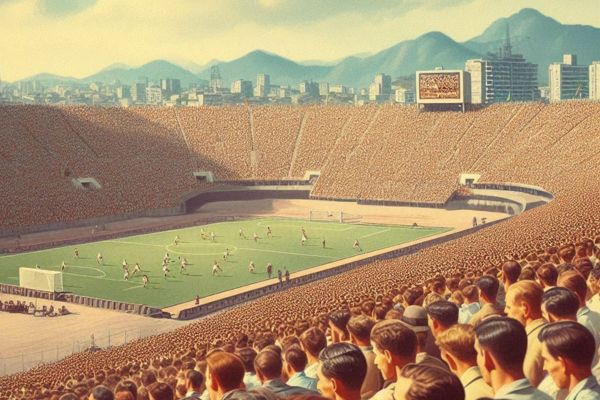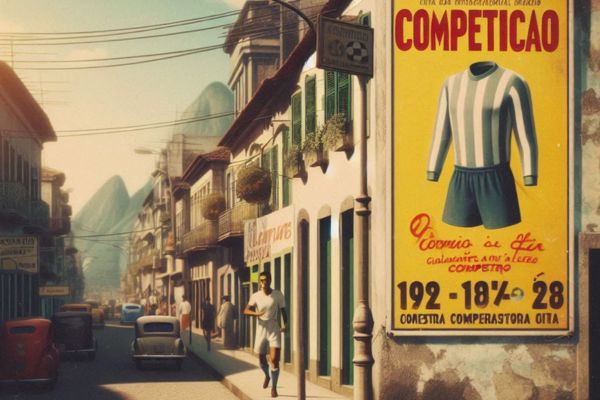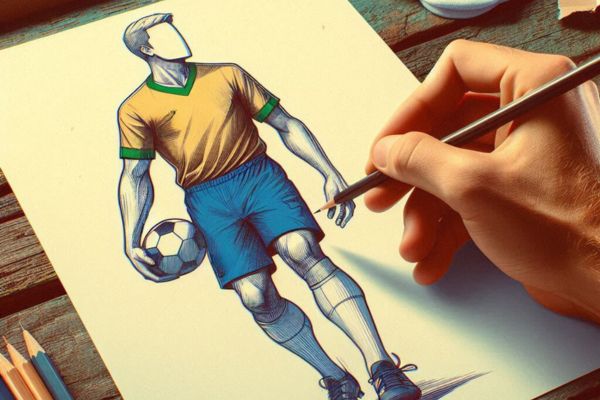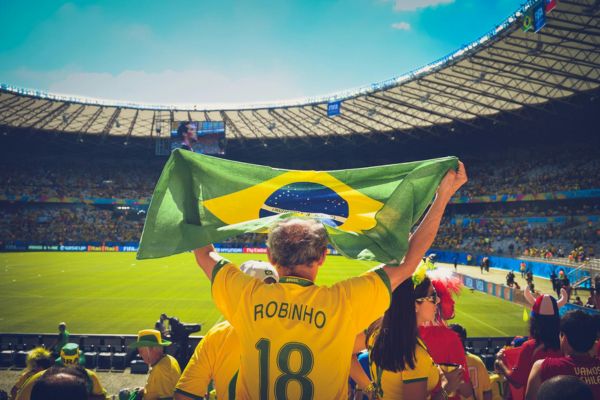In a room filled with anticipation, a man steps forward, the atmosphere thick with tension. The crowd falls silent as he raises an envelope above his head and, in a voice that commands the attention of all, bellows: "Senhoras e senhores, temos um vencedor!" (Ladies and gentlemen, we have a winner!). The room holds its breath as he carefully opens the envelope, and with another dramatic pause, he announces, "Aldyr Garcia Schlee."
The crowd erupts into applause, shaking hands and exchanging smiles, their relief palpable. It’s as if a long, mournful chapter has finally closed, making way for a new beginning. This moment, in the 1950s, marks the conclusion of a historic competition—a competition that would forever change the face of Brazilian football and introduce a global icon to the sport: the Camisa Canarinho, the iconic yellow jersey.
But what was this competition all about? Why did Aldyr Garcia Schlee's design stir such excitement? And how did this young illustrator’s creation become synonymous with the world’s most famous football team? Let’s dive into the fascinating origins of one of the most iconic sports symbols in history.
The Heartbreaking Maracanazo of 1950

The stage was set. The 1950 FIFA World Cup, hosted in Brazil, was supposed to be a glorious moment for the nation. With high hopes and a packed Maracanã Stadium, the Brazilian team only needed a draw against Uruguay to secure their first-ever World Cup title on home soil. But what followed was nothing short of a national tragedy.

Brazil’s early lead soon crumbled as Uruguay managed to score twice, clinching a 2-1 victory. This shocking upset, now known as the “Maracanazo,” became a wound that Brazil would carry for years. The white jersey, once a symbol of neutrality, became a painful reminder of the crushing loss.
The Drive for a New Identity

In the aftermath of the Maracanazo, the Brazilian Football Confederation (CBF) realized that the white kit was no longer fitting for the national team. The time had come for a fresh start, one that could embody hope, resilience, and the indomitable spirit of Brazil. A competition was launched in 1953 to design a new jersey that would reflect the pride of the nation, incorporating the vibrant colors of the Brazilian flag—yellow, green, blue, and white.
The Birth of the Iconic Yellow Kit

Enter Aldyr Garcia Schlee, an 18-year-old illustrator with a vision. His design featured a striking yellow jersey with green trim, blue shorts, and white socks—an instantly recognizable look that spoke to Brazil’s vibrant culture and deep national pride.
The first chance for the team to wear their new yellow kit came in the 1954 World Cup in Switzerland. While Brazil didn’t win that year, the jersey began to take on a life of its own. By 1958, when Brazil finally won their first World Cup, the yellow jersey had firmly established itself as the symbol of Brazil’s footballing greatness.
Why the Change Matters

The shift from white to yellow wasn’t just a change of color—it was a powerful statement of resilience. The yellow jersey, Camisa Canarinho, came to symbolize Brazil’s ability to rise above defeat and strive for greatness. It wasn’t just about winning; it was about embodying the spirit of overcoming adversity and forging a new path.
Today, the yellow kit remains a global icon, recognized around the world as a symbol of not only Brazil’s football prowess but also their flair, creativity, and unbreakable spirit.
To learn more about the legendary Maracanã Stadium, the site of the historic 1950 World Cup and the birthplace of Brazil's iconic football identity, check out our Maracanã Stadium page in the Legendary Stadiums section. Discover the rich history of this unforgettable venue that witnessed such pivotal moments in football history.
